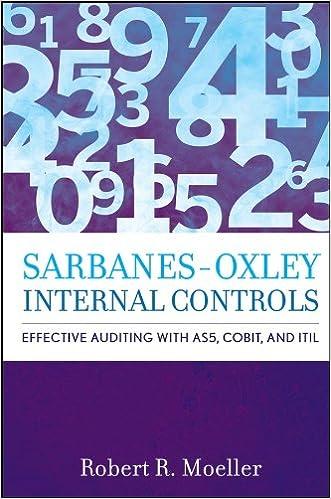Answered step by step
Verified Expert Solution
Question
1 Approved Answer
*No details of assets. Ready Products Inc. operates two divisions, each with its own manufacturing facility. The accounting system reports the following data For 2019:


*No details of assets.
Ready Products Inc. operates two divisions, each with its own manufacturing facility. The accounting system reports the following data For 2019: HEALTH CARE PRODUCTS DIVISION Income Statement For the Year Ended December 31, 2019 (ees) Revenues $1,700 Operating costs 1,029 Operating income 689 COSMETICS DIVISION Income Statement For the Year Ended December 31, 2019 (ees) Revenues $1,260 Operating costs 610 Operating income $ 658 Ready estimates the useful life of each manufacturing facility to be 21 years. As of the end of 2019, the plant for the health care division is 4 years old, while the manufacturing plant for the cosmetics division is 6 years old. Each plant had the same cost at the time of purchase, and both have useful lives of 21 years with no salvage value. The company uses straight-line depreciation and the depreciation charge is $90.000 per year for each division. The manufacturing facility is the only long-lived asset of either division. Current assets are $322.000 in each division. An index of construction costs, replacement costs, and liquidation values for the manufacturing facilities for the period that Ready has been operating is as follows: Cost Index Year 2013 2014 2015 2016 2017 2018 2019 Replacement Cost $ 180,000 180,000 1,100,000 1,150. eee 1,200,000 1,250, eee 1,380,000 Liquidation Value Health Care Cosmetics $700, eee $ 700, eee 780,000 780,899 480, eee 489,899 489,899 580. eee 582.ee 680.eag 580, eee 600,00 480,000 780,000 94 lee Required: (Round your answers to 2 decimal places.) 1. Compute return on investment (ROI) for each division using the historical cost of divisional assets (including current assets) as the investment base. 2. Compute ROI for each division, incorporating current-cost estimates as follows: a. Gross book value (GBV) of long-lived assets plus book value of current assets. b. GBV of long-lived assets restated to current cost using the index of construction costs plus book value of current assets. (Do not round Intermediate calculations. Round dollar values to the nearest whole dollar.) c. Net book value (NBV) of long-lived assets restated to current cost using the index of construction costs plus book value of current assets. (Do not round Intermediate calculations. Round dollar values to the nearest whole dollar.) d. Current replacement cost of long-lived assets plus book value of current assets. e. Current liquidation value of long-lived assets plus book value of current assets. Health Care Cosmetics 1. Return on investment based on historical cost of divisional assets 2a. Return on investment based on gross book value 2b. Return on investment based on gross book value at current cost 20. Return on investment based on net book value at current cost 2d. Return on investment based on current replacement cost 2e. Return on investment based on current liquidation valueStep by Step Solution
There are 3 Steps involved in it
Step: 1

Get Instant Access to Expert-Tailored Solutions
See step-by-step solutions with expert insights and AI powered tools for academic success
Step: 2

Step: 3

Ace Your Homework with AI
Get the answers you need in no time with our AI-driven, step-by-step assistance
Get Started


